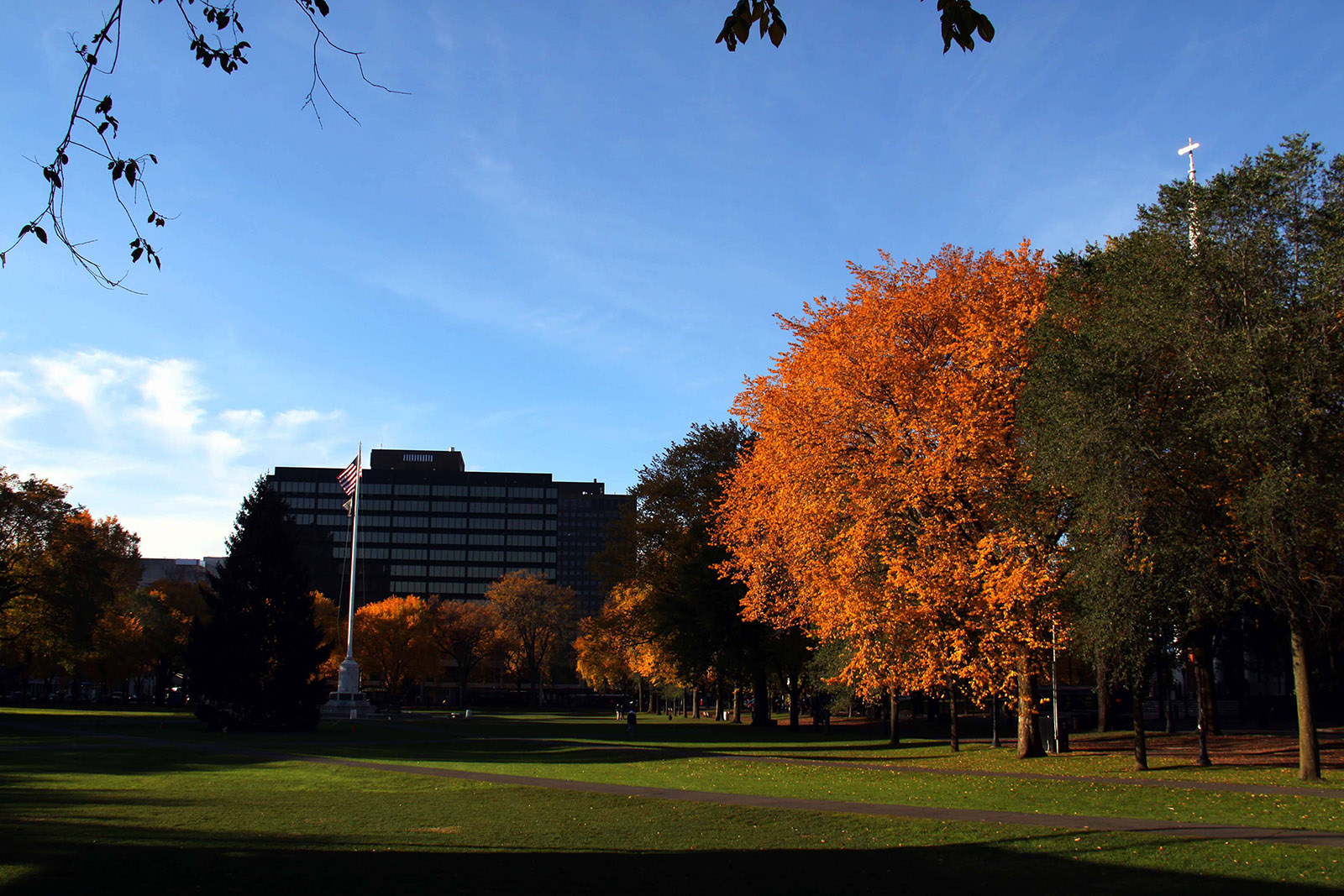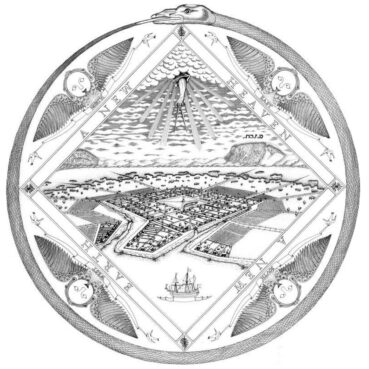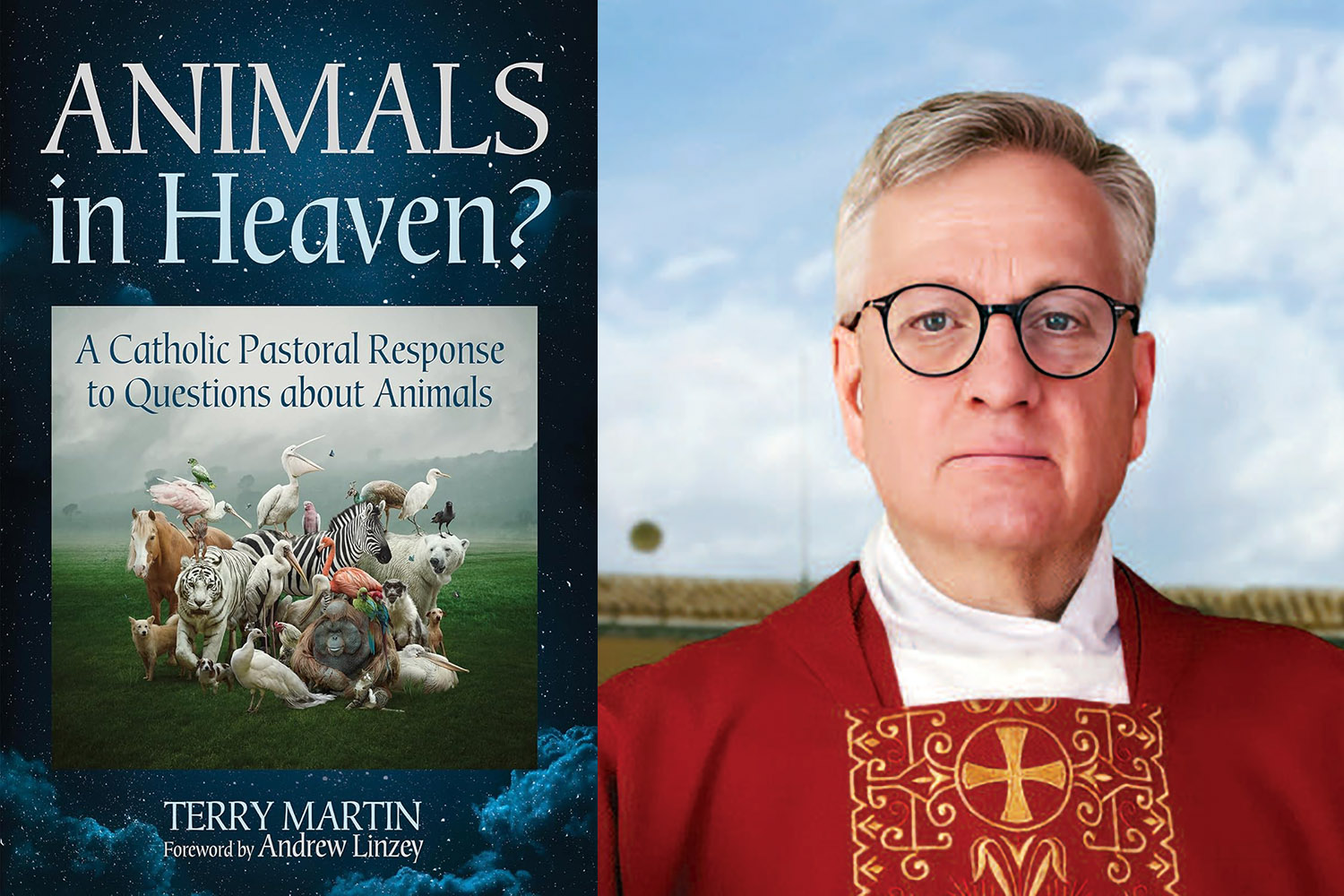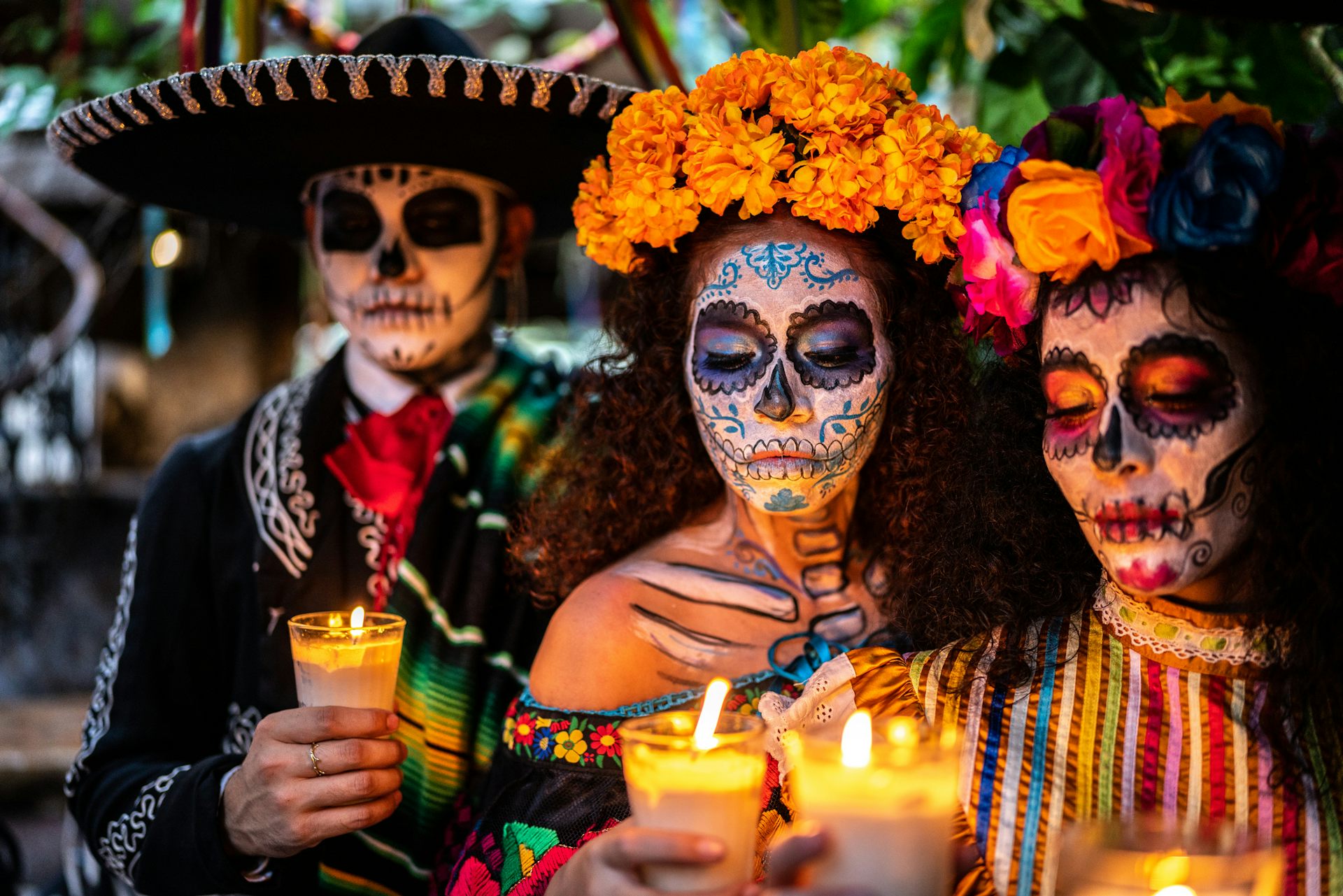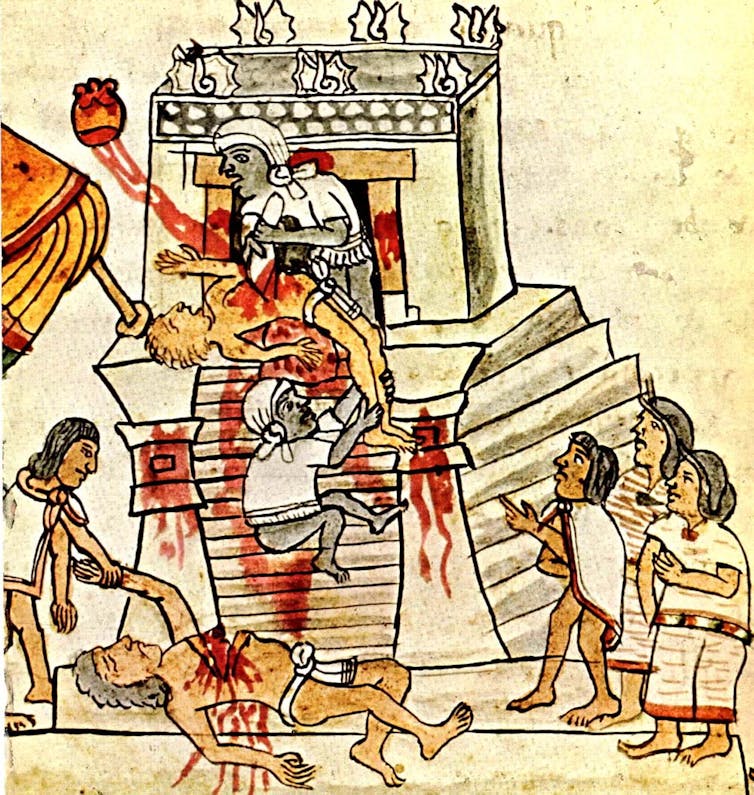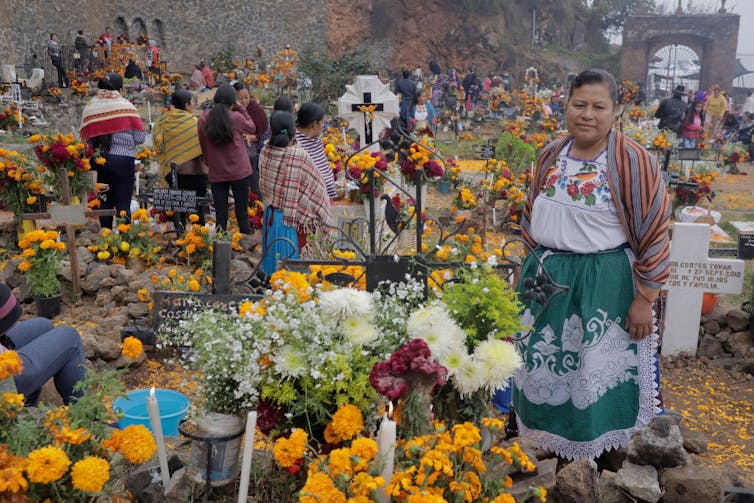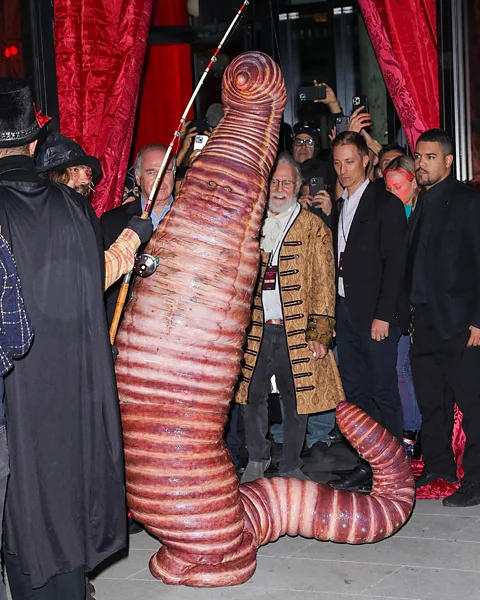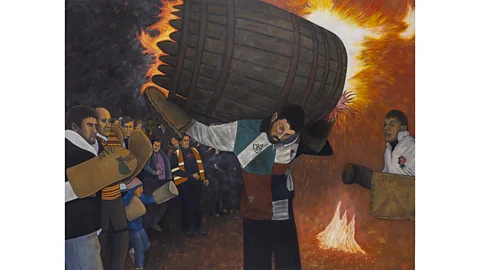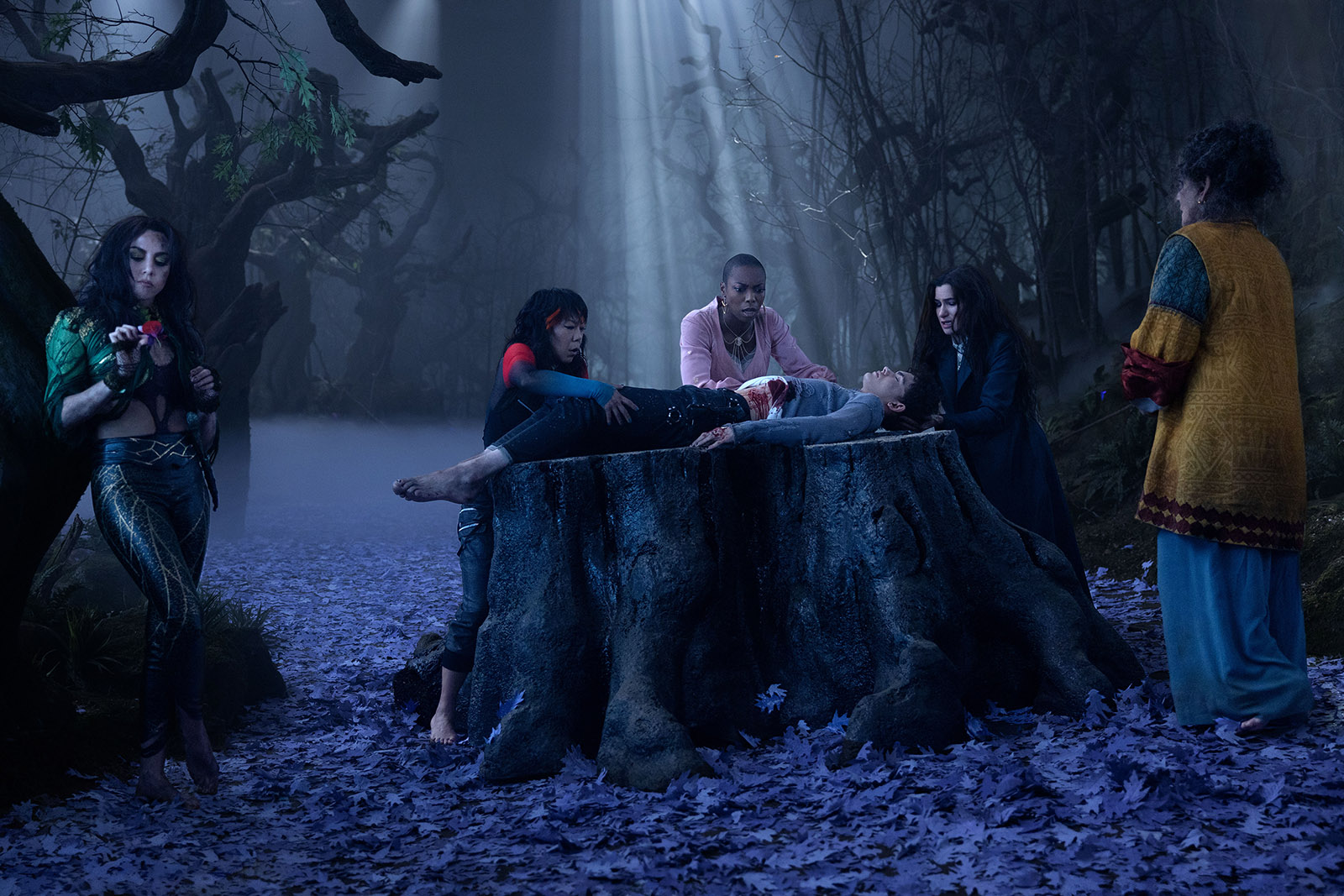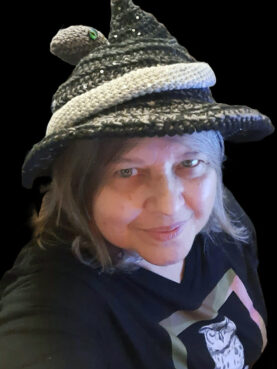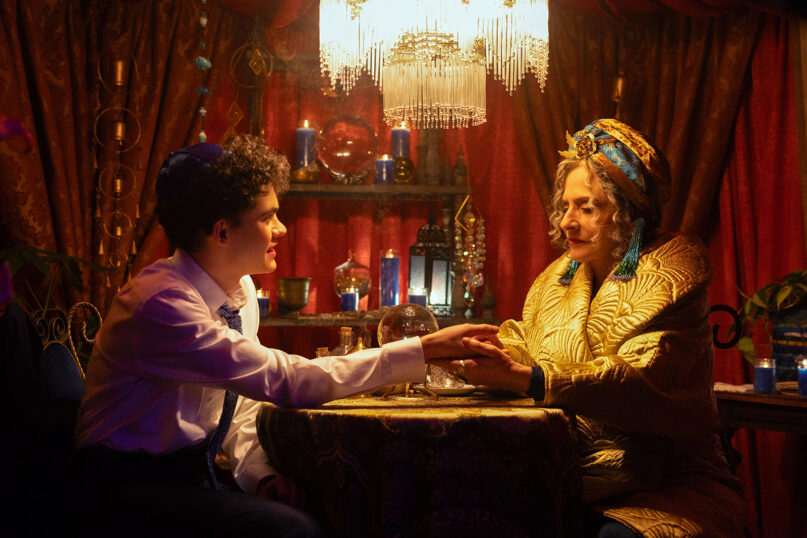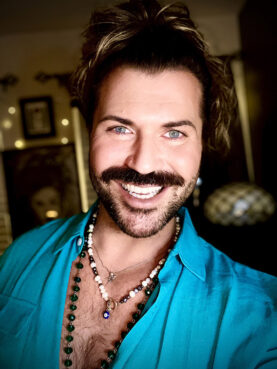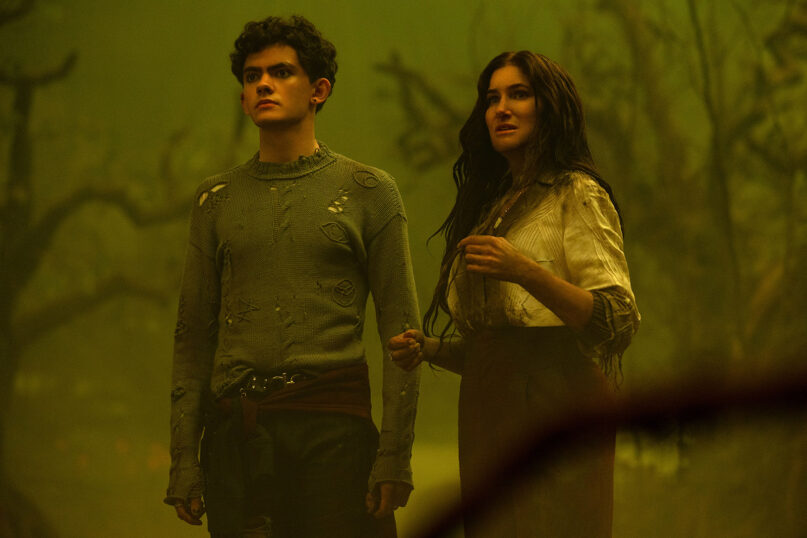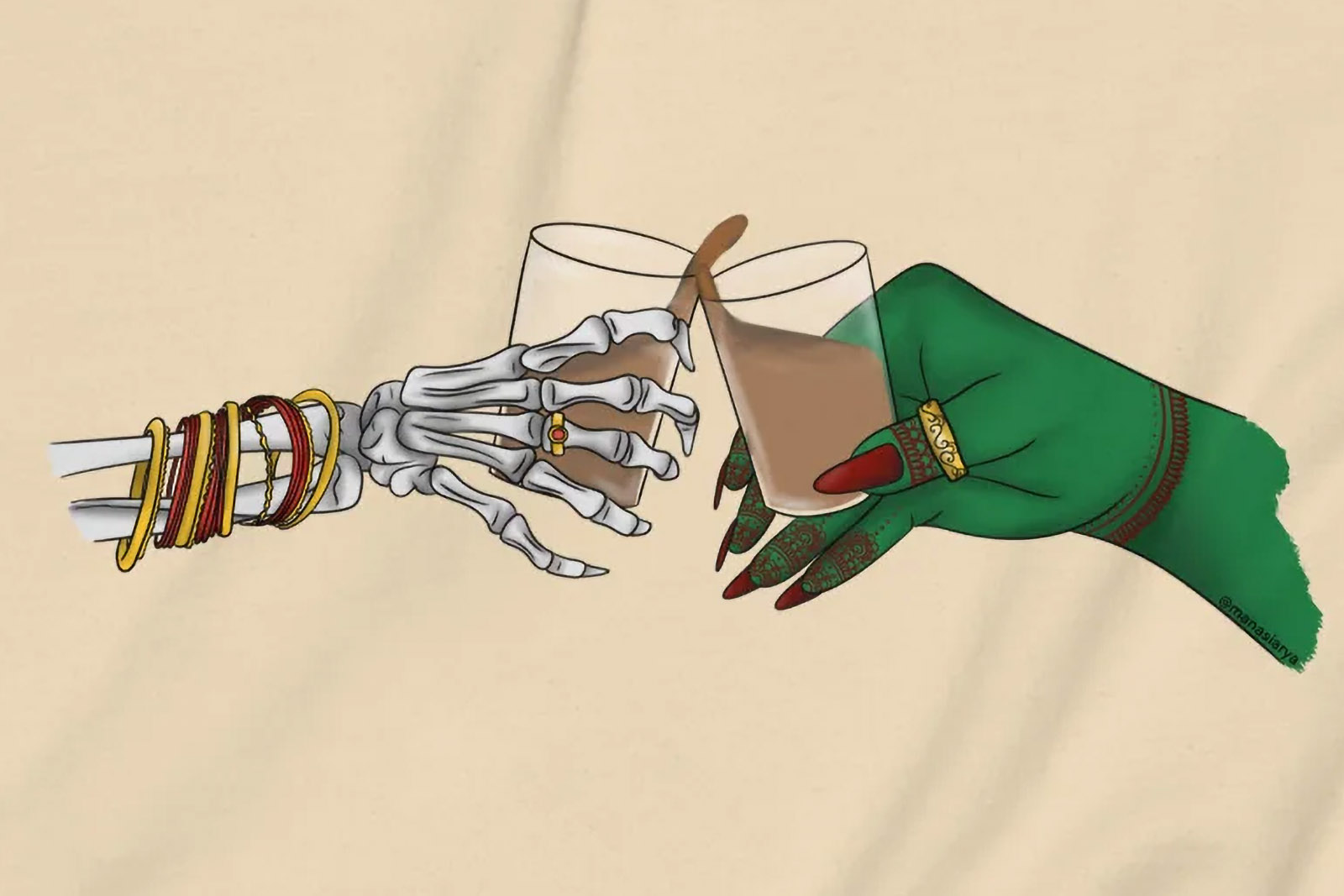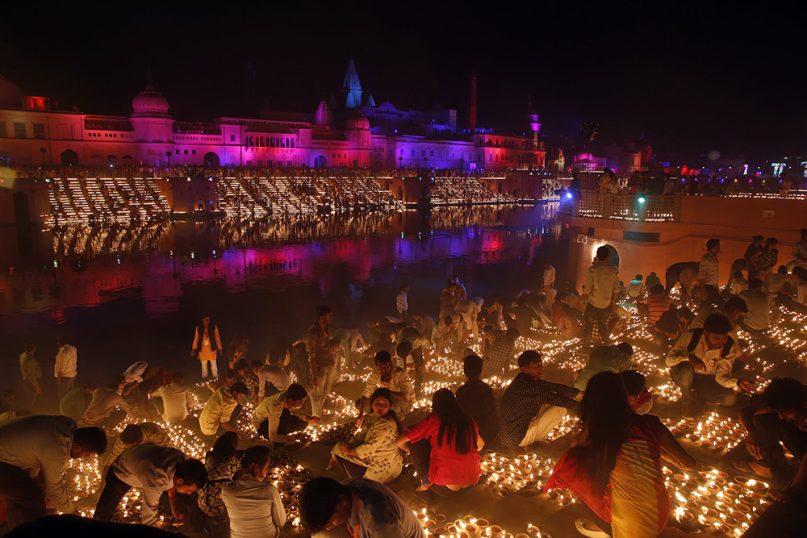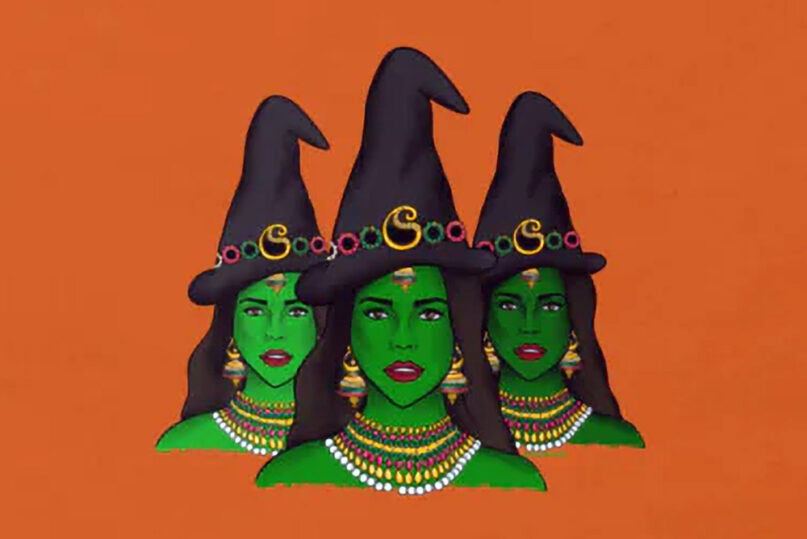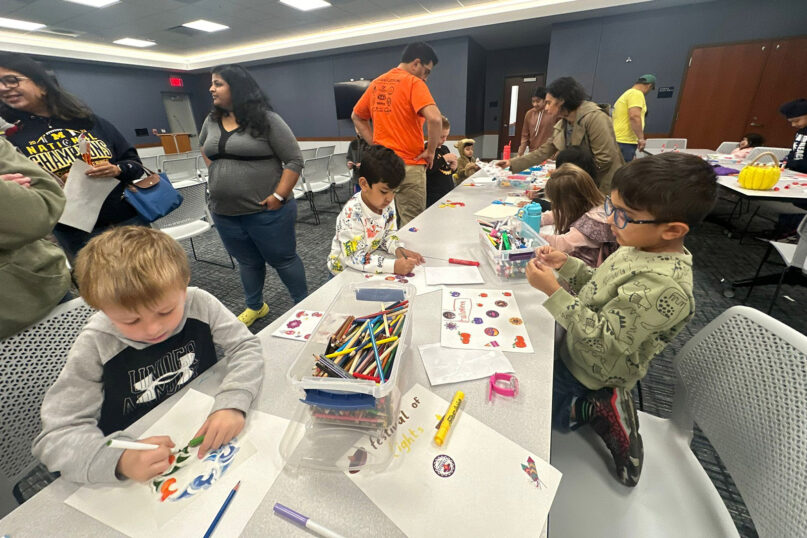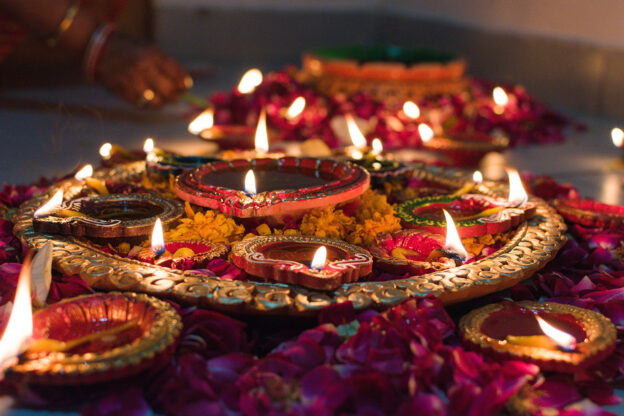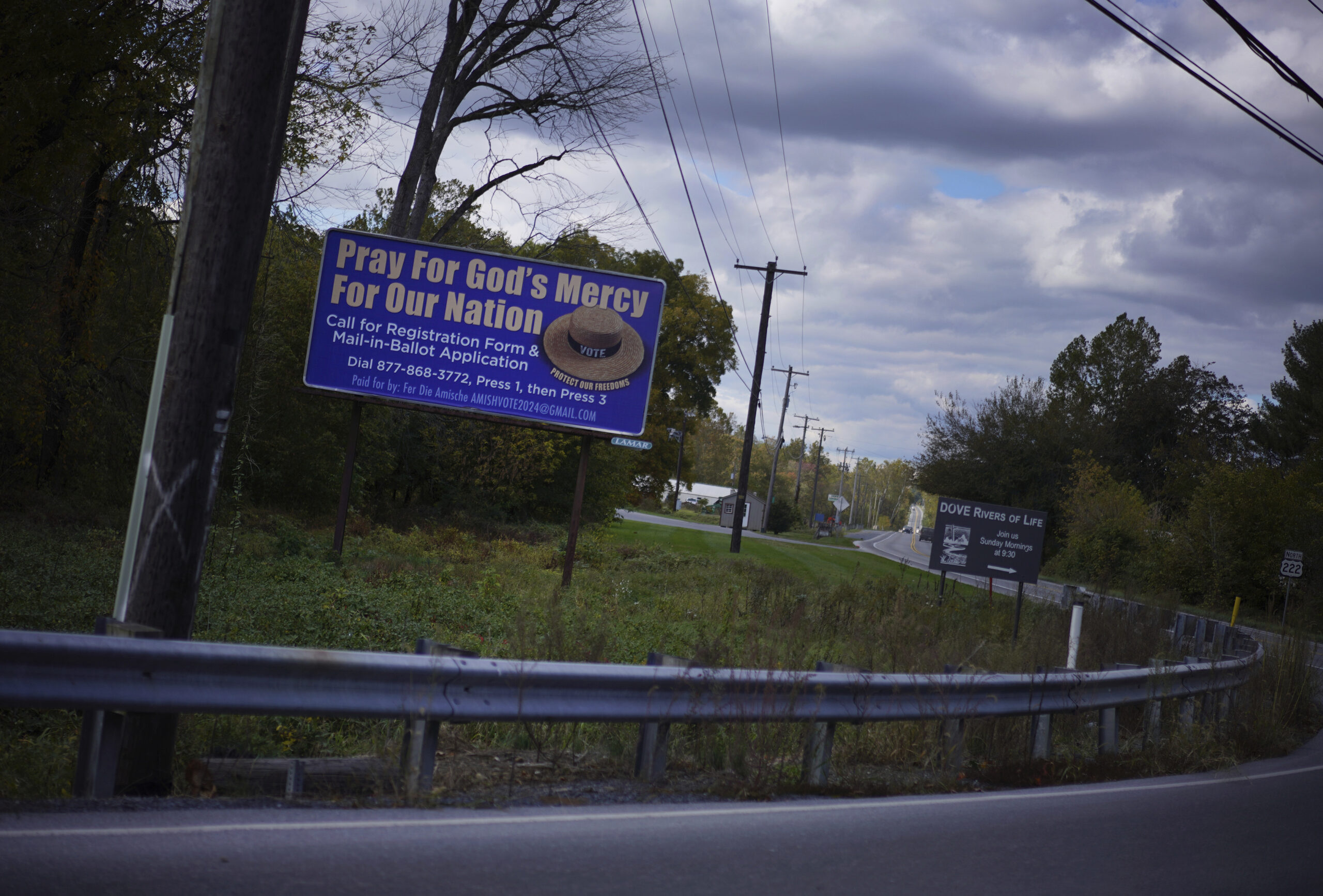(RNS) — While liberation theology has been criticized for a view of oppression that is too simplistic, young Latin American theologians say Gutiérrez opened the doors for new movements in Catholic thought, even as the Vatican warmed to his legacy.

Peruvian theologian Gustavo Gutiérrez speaks during a news conference at the Vatican, May 12, 2015. (AP Photo/Alessandra Tarantino, File)
Eduardo Campos Lima
October 29, 2024
SÃO PAULO (RNS) — The death of the Rev. Gustavo Gutiérrez, called the “father of liberation theology,” at age 96 on Oct. 22 has set off a reconsideration of the theological and pastoral movement spawned by the publication of the Peruvian priest’s 1971 book, “A Theology of Liberation.”
Once a powerful influence on both faith and politics in Latin America, liberation theology grew out of Gutiérrez’s concern for the poor amid the collapse of political projects in the 1960s that tried to modernize the region’s economies, exacerbated by the political repression by military juntas in several South and Central American countries.
The result was widespread violence and poverty — something that, for Gutiérrez and his colleagues, was not natural, but produced by severe social and economic inequality.
“That was the innovation introduced by Gustavo Gutiérrez and others – including myself – when we conceived theology starting from the suffering and oppression faced by the great majority of the Latin American people. The poor are oppressed, and all oppression cries for liberation,” said Leonardo Boff, a Brazilian theologian and a prominent proponent of liberation theology himself, who called Gutiérrez “a dear friend.”
RELATED: Gustavo Gutiérrez, founding father of liberation theology, dies at 96
Before writing his book, Gutiérrez had visited Brazil, where a new kind of church organization was already being set in motion by urban and rural workers: so-called basic ecclesial communities, known by their Portuguese and Spanish acronym CEBs, which gathered workers in a given neighborhood into a single community where they could discuss their lives and their faith.
The CEBs inspired Gutiérrez, and his writings spread the CEB model to peasants, landless rural workers, members of Indigenous groups, factory workers and the unemployed.
Liberation theology, however, encountered criticism from Catholic Church leaders, especially in Europe, who said it owed too much to Marxist ideas in its analysis of poverty and was too sympathetic to ideas about violent revolution. Boff recalled that “Gutiérrez’s work was seen as a kind of Trojan horse designed to promote Marxism in Latin America.”
At the same time, the early years of liberation theology were also a time of intense debate as the church absorbed the changes of the Second Vatican Council, and Gutiérrez’s thought was not given its due. “Europeans couldn’t care less about the thought coming from the peripheries, especially about theological or philosophical thought,” Boff said.
But under Pope John Paul II and his doctrine watchdog, Cardinal Joseph Ratzinger (later Pope Benedict XVI), the Vatican would closely monitor liberation theology. Boff described how Gutiérrez once had to clarify some of his ideas for Vatican officials and the whole Peruvian episcopate. In 1984, liberation theology was officially censored, and though he was never silenced by Rome himself, Gutiérrez was relegated to the fringes of the church’s theological debates. Meanwhile, the Latin American church saw many of its most progressive leaders replaced by conservative prelates.
With the end of the Cold War a few years later, new ideas changed how Latin American thinkers, especially conservatives, saw politics and societal transformation. New generations of progressive theologians also found themselves rejecting liberation theology’s view of the poor and oppressed.
Over the past few decades, the fragmentation of categories such as “the poor” into smaller social groups and identities has been leading to several new theological movements in Latin America, more focused on the needs and realities of specific segments. Works like Gutiérrez’s may be seen by younger generations as classics from the past in that context.
“We realized that such rhetoric was too broad and nonspecific. Those ‘poor’ had no color. We’re all poor, but some of us are racialized, some of us are Black or Indigenous, some of us are women,” Colombian theologian Maricel Mena López, a professor at the Santo Tomas University in Bogota, told RNS.
A proponent of Black feminist theology, Mena said that, little by little, younger theologians also came to see liberation theology as patriarchal. “Apparently, women’s issues were not important in that theology,” she said.
Bolivian theologian Heydi Galarza, an expert in biblical studies, told RNS that the first generation of liberation theology thinkers “had great difficulty grasping the relevance of women’s issues.”
“That has been and continues to be a strong criticism,” Galarza said. “Latin American theology has gone a long way since then, with the development of new schools of thought.”
Both Mena and Galarza agree, however, that Gutiérrez opened the doors for those new movements.
“His theological work made other ones possible. I consider myself to be a liberation theologian – as well as a Black feminist theologian,” Mena said, adding that in her opportunities to talk with Gutiérrez at academic events, he always listened with great attention to all she had to say.
“He was very welcoming of feminist ideas, for instance. I never felt he was critical of them. He even told me, on one occasion, that he was glad that we were seeing things they couldn’t see back then,” she said.
The fact that his theological work started from the reality of social groups and from the practical experience with them still forms the basis for new theological approaches, Galarza said. “That nonspecific view of the poor has been overcome, but the way his theological work related to them — starting from the praxis — is still valid and can be applied to all social groups,” she said.
Pope Francis’ pontificate has also returned some vigor to liberation theology. A longtime acquaintance of Gutiérrez, the pontiff has always rejected what he considers to be “excess” in liberation theology, referring to its Marxist tendencies. But Gutiérrez’s focus on the poor and his preference for concrete theology directly connected to the people are ideas close to the pope’s own.
Indeed, under Francis the Vatican “rehabilitated” Gutiérrez, and he was invited to take part in official meetings there.
Bolivian theologian Tania Avila, a member of the women’s and Indigenous’ hubs of the Catholic Church’s Pan-Amazon Ecclesial Network, known as REPAM, writes on “integral ecology,” a holistic approach to thinking about the environment that Francis included in his 2015 environmental encyclical, “Laudato Si’.” Avila told RNS that she considers Gutiérrez a “brave theologian who challenged his own time’s limitations to see the social context.”
Avila also agreed that Gutiérrez and some of his colleagues “made an effort to recognize, decades later, that they failed to take into consideration the feeling and thinking of the women in their theological work.”
Francisco Bosch, a young Argentine theologian who has been accompanying the Latin American CEBs as an adviser to the Episcopal Conference of Latin America, said he feels close to Gutiérrez. “Theology, for him, is a love letter between God and his people. The work of the theologian is about that letter. And we’re living amid projects of hatred in Latin America,” Bosch told RNS.
In a time of political crisis and a general feeling of lack of representation, of economic hardships and environmental catastrophes, “Gutiérrez’s words are more urgent than ever,” Bosch said.
“His thought is part of the great Judeo-Christian tradition, which still has much to offer to humankind, especially in times of disorientation,” said Bosch. The “struggles of different social groups — Blacks, Indigenous, women and so on — converge and strengthen each other, telling the same narrative of emancipation when their agents discover that God walks with them.”
